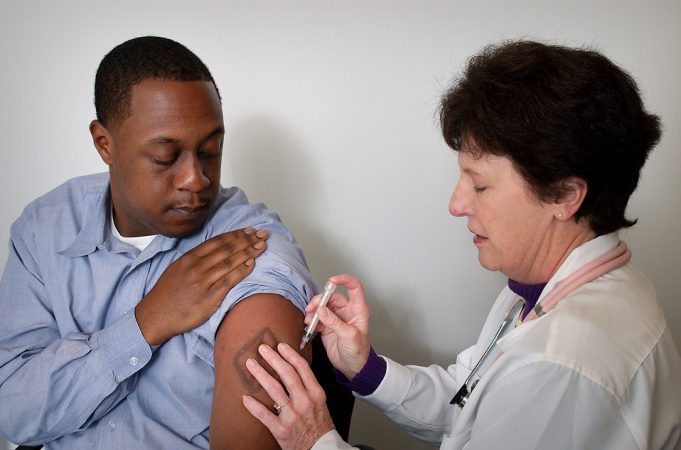Dane County ranked 7th out of 72 counties for health outcomes, according to the annual County Health Rankings, released today by the Robert Wood Johnson Foundation (RWJF) and the University of Wisconsin Population Health Institute (UWPHI). The Rankings are available at www.countyhealthrankings.org.
The rankings are an easy-to-use snapshot comparing the health of nearly every county in the nation. The local-level data allows each state to see how its counties compare on more than 30 factors that influence health including education, housing, jobs, smoking, access to healthy food, and more.
The top five ranked counties in Wisconsin are Ozaukee, Kewaunee, St. Croix, Taylor and Washington. The five counties in poorest health, starting with least healthy, are Menominee, Milwaukee, Sawyer, Adams and Washburn.
The County Health Rankings show that Dane County’s adult smoking rates are lowest in the state, and the number of young children fully immunized is better than the state average. However, Dane County ranks higher in the numbers of Chlamydia cases and the number of older adults dying from falls.
In response to these data trends, Public Health Madison & Dane County has recently added a Disease Intervention Specialist to its staff to increase outreach and education to lower the county’s rates of sexually transmitted infections. They also maintain active partnerships with community coalitions and EMS focusing on healthy aging and falls prevention.
“These are just some of the ways we use our local data to help shape our approaches and our partnerships to improve the health and well being of everyone in our community,” Janel Heinrich, Director of Public Health Madison & Dane County.
“Here in Dane County, our overall health ranking of 7th is good, but when we look closely at the data, we see substantial pockets of poor health conditions and outcomes for a number of our residents,” says Heinrich.
“Many factors cause these conditions and outcomes, including economic instability, racism and discrimination, and unequal access to educational opportunities and health care services. Acknowledging these factors, moving past our surface ranking, and digging into the wealth of data available to us is how we will make our community healthier,” says Heinrich.




























